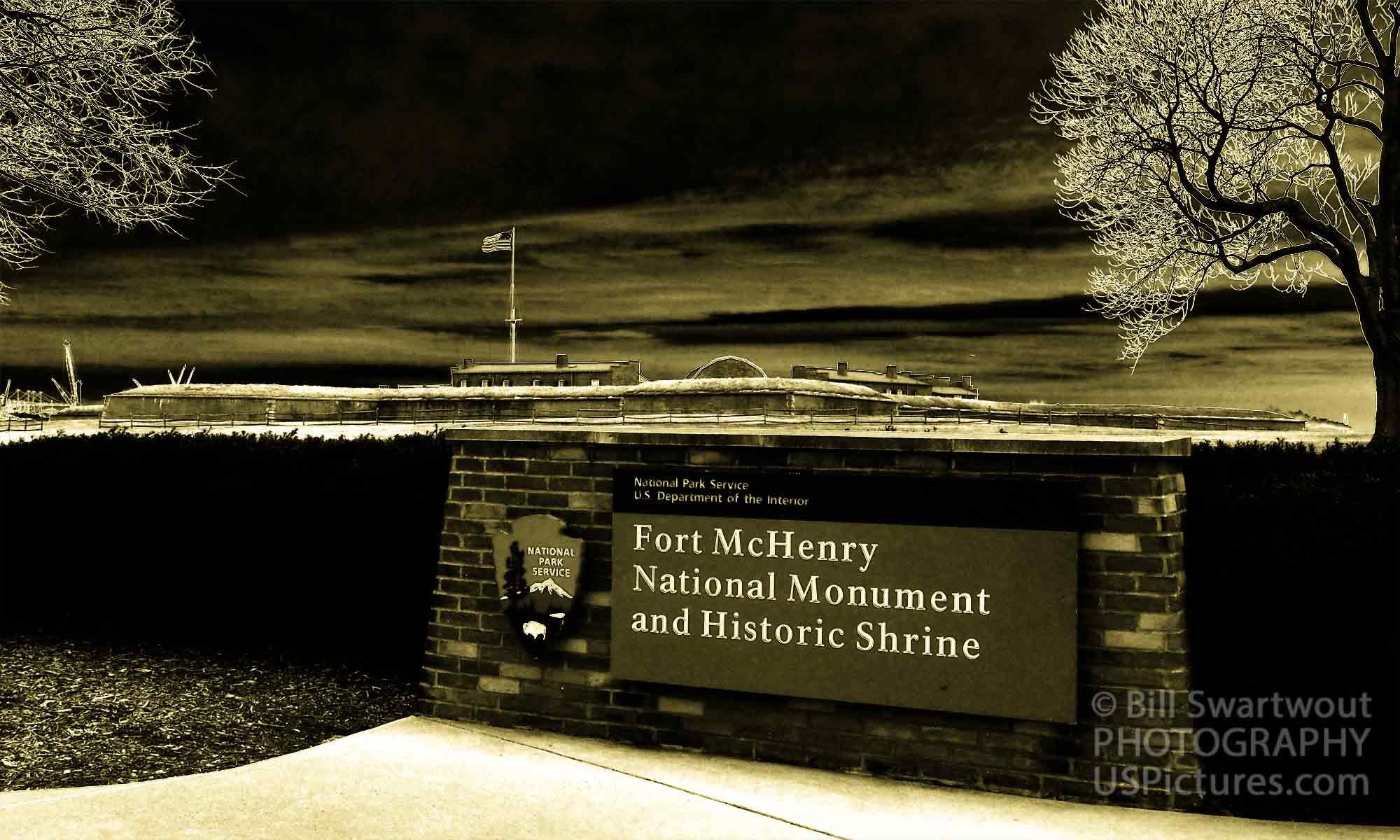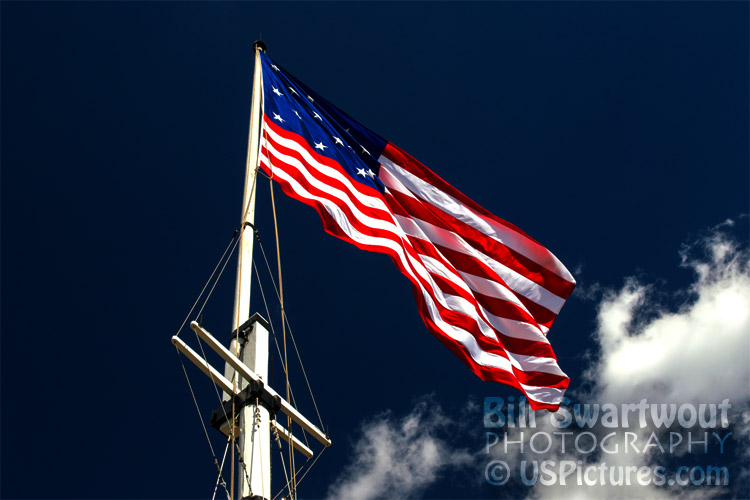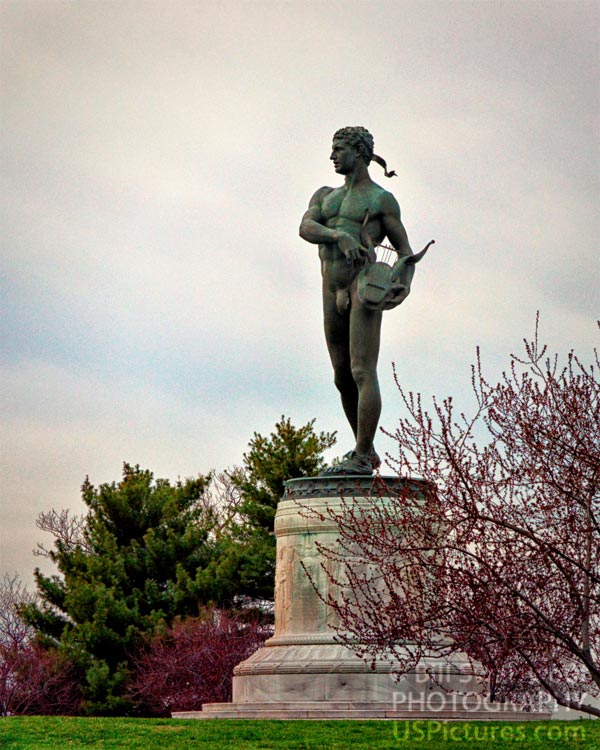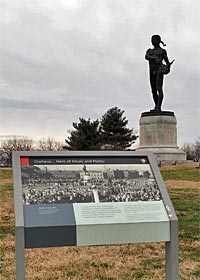Stars and Stripes as a National Icon
Inside the Vistor Center at Fort McHenry there are many displays with narrative about The Fort and our U.S. Flag. Here is one such description:
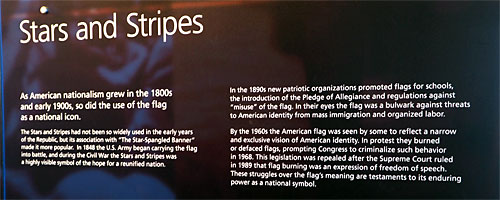 It reads: As American nationalism grew in the 1800s and early 1900s, so did the use of the flag as a national icon.
It reads: As American nationalism grew in the 1800s and early 1900s, so did the use of the flag as a national icon.
The Stars and Stripes had not been so widely used in the early years of the Republic, but its association with “The Star Spangled Banner” made it more popular. In 1848 the U.S. Army began carrying the flag into battle, and during the Civil War the Stars and Stripes was a highly visible symbol of the hope for a reunified nation.
In 1890s new patriotic organizations promoted flags for schools, the introduction of the Pledge of Allegiance and regulations against “misuse” of the flag. In their eyes the flag was a bulwark against threats to American identity from mass immigration and organized labor.
By the 1960s the American flag was seen by some to reflect a narrow and exclusive vision of American identity. In protest they burned or defaced flags, prompting Congress to criminalize such behavior in 1968. This legislation was repealed after the Supreme Court rules that flag burning was an expression of free speech. These struggles over the flag’s meaning are testaments to its enduring power as a national symbol.
For fine art photographs of Fort McHenry click HERE – BillSwartwoutPhotography.com.
